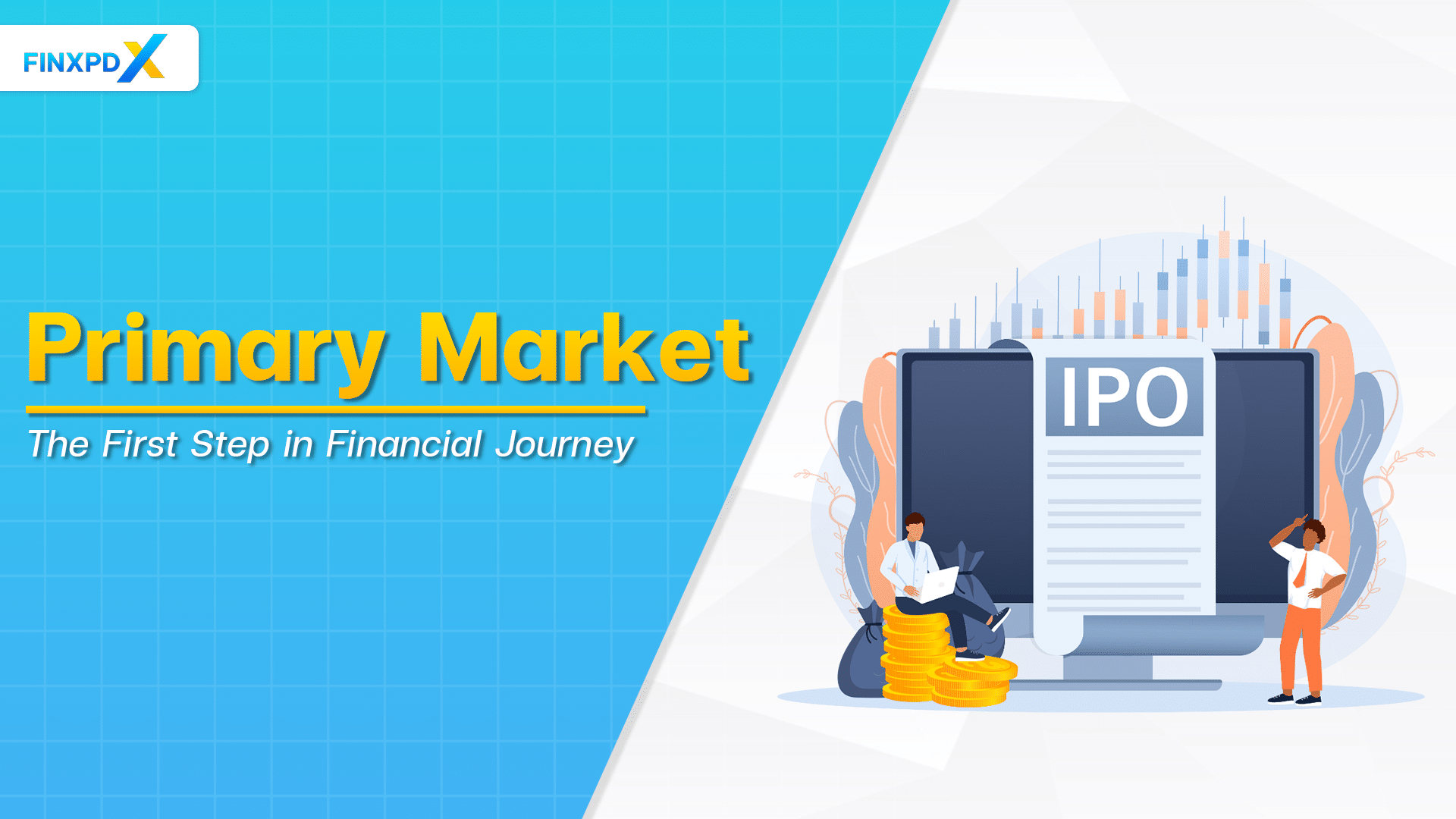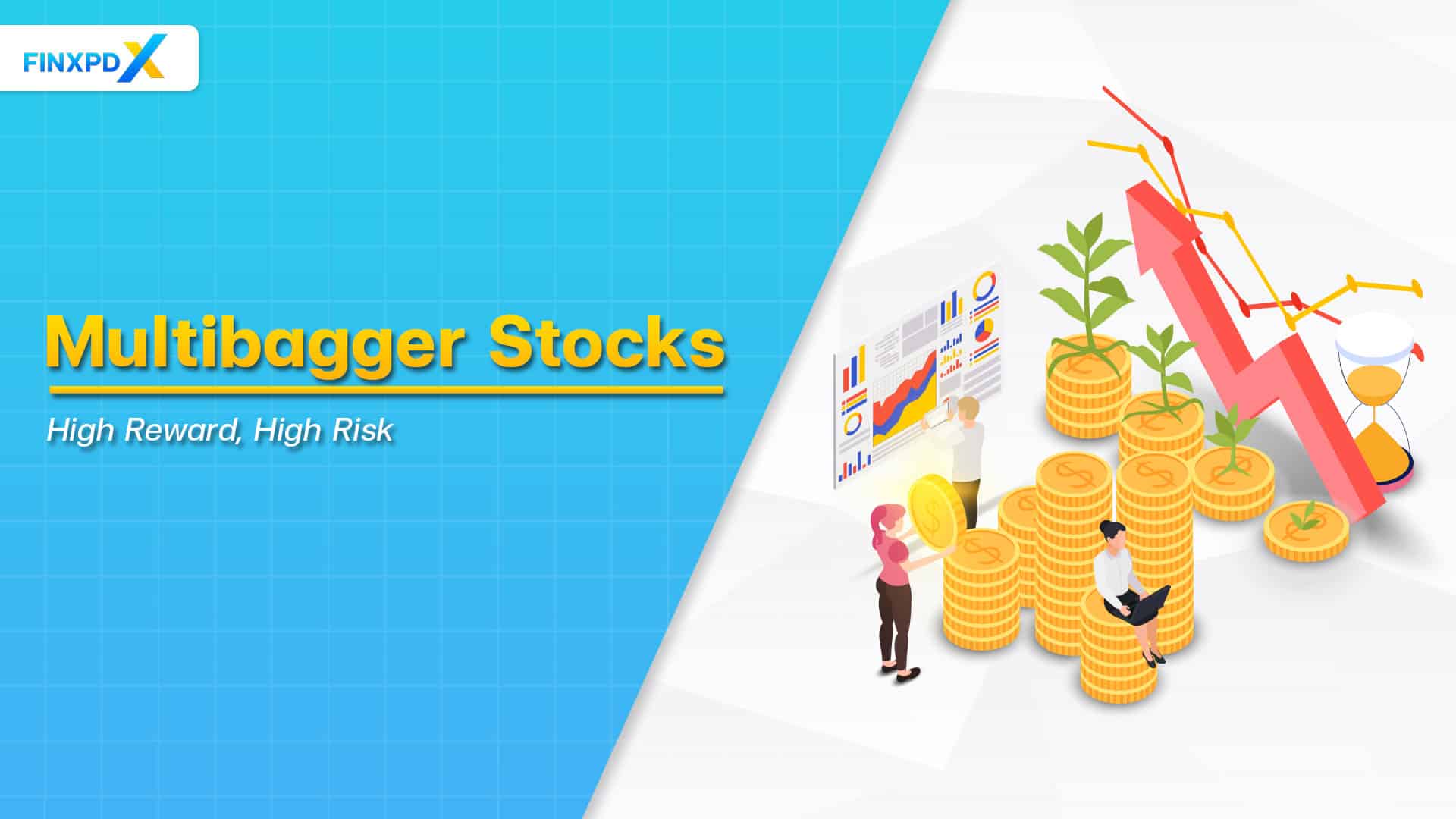The primary market is a fundamental segment of the financial world, where the sale of new securities unfolds. This sector is pivotal because it enables corporations and governments to raise capital by offering new stocks and bonds to investors. Moreover, they provide the necessary funds for organizations to embark on expansion and innovate.
This guide will explain what is primary market, the core operations of the primary market, the functions of the primary market, the differences between primary market and secondary market and the pros and cons associated with them.
What Is Primary Market?
The primary market is where the story of a security, such as a stock or a bond, begins. Essentially, it’s a place in the finance industry where new securities are created and sold for the first time. In this market, companies and governments that need money to fund their operations or projects can obtain it directly from investors. To do this, they may opt to sell ownership pieces in the company, commonly known as stocks, or alternatively, borrow money from investors through bonds.
This process is vital because it helps these entities gather the funds they need to build new buildings, start projects, or expand their business. Investors who buy these securities are essentially lending money to these entities or becoming part owners of the companies.
Key Takeaways
- The primary market is the initial platform for the issuance of new securities, crucial for capital formation and economic development.
- Types of primary market issues are public issues, rights issues, preferential issues, private placements, and qualified institutional placements.
- The differences between primary market and secondary market are its purpose, liquidity, pricing, and regulatory requirements, with the primary market focusing on issuing new securities and the secondary market on trading existing ones.
- A primary advantage of this market is the ability for entities to raise funds directly from investors, facilitating direct capital access and investor variety.
Functions of Primary Market
The primary market plays several key roles in the financial sector. Importantly, their functions are essential for companies seeking capital and, concurrently, for investors looking for new opportunities.
1. Capital Formation
Raising capital is recognized for its role in capital accumulation. When companies issue new stocks or bonds, they secure the necessary funds for initiatives such as launching projects, scaling operations, or innovating their product lines.
2. Determining Price
Setting the initial price for these securities is a pivotal process conducted. This step, achieved through methods like auctions or book building, has a lasting impact on the securities’ later valuation in the secondary market.
3. Regulation Compliance
Adhering to regulations is non negotiable for companies. They are obligated to provide extensive financial data and strategic insights, allowing them to make decisions that are both informed and secure.
4. Investor Diversification
Welcoming a variety of investors is a characteristic feature. It offers both large institutions and individual investors the chance to purchase new offerings, facilitating a diversified approach to investment.
5. Economic Indicators
Monitoring the activity level of the primary market provides insights into the economic status of a nation. An uptick in the issuance of new securities signifies an expanding economy.
Types of Primary Market Issues
The primary market offers different methods for companies and governments to issue new securities. Each type caters to specific goals and investor profiles.
1. Public Issues
Enterprises transitioning to public ownership form the core of public offerings, where they offer shares to the general public through Initial Public Offerings (IPOs) to raise capital on a large scale.
2. Rights Issue
Shareholders’ privilege is central to the rights issue, allowing existing shareholders to buy additional shares at a discounted rate before they are offered to the public.
3. Preferential Issue
A select group of investors is targeted in preferential issues, where companies offer shares at special prices, which may differ from the market rates.
4. Private Placement
A narrower investor base characterizes private placements, where securities are sold directly to select investors like institutional buyers, often with less regulatory oversight.
5. Qualified Institutional Placement
Elite institutional entities are key in qualified institutional placements, aimed at quick capital raising with streamlined regulatory demands, exclusively for qualified institutional buyers.
Advantages and Disadvantages of Primary Market
The primary market offers unique benefits and challenges to issuers and investors alike. While it facilitates the vital inflow of capital for entities, it also comes with its own set of risks and costs.
Advantages
1. Direct Capital Access
Companies’ ability to obtain funds directly from investors, without the involvement of intermediaries, is a significant advantage. Consequently, this allows for a more streamlined and efficient fundraising process.
2. Investor Variety
The inclusion of a wide range of investors, from individuals to large institutions, enriches the market with diverse investment sources.
3. Price Efficiency
Additionally, the method of determining the initial offering price in the primary market often ensures a fair valuation based on current market conditions.
4. Regulatory Oversight
Stringent regulatory requirements for issuing securities provide a layer of protection for investors, enhancing market credibility.
Disadvantages
1. Market Fluctuations
The sensitivity of the primary market to economic conditions can lead to volatility, which significantly affects the success of securities issuance.
2. High Costs
The expenses associated with issuing securities, including underwriting, legal, and marketing fees, can be substantial, thereby impacting the overall cost-effectiveness.
3. Limited Liquidity
Newly issued securities may face a period of illiquidity, since they are not yet available for trading on the secondary market.
4. Investor Risk
Lastly, investors bear the risk of the unknown, as new securities do not have a proven track record in the market, thus presenting a potential challenge.
Differences Between Primary Market and Secondary Market
The primary and secondary markets are two distinct phases in the life cycle of securities, each with its own characteristics and functions within the financial ecosystem.
| Feature | Primary Market | Secondary Market |
|---|---|---|
| Purpose | Issuance of new securities for raising capital | Trading of existing securities among investors |
| Beneficiary | Capital directly benefits the issuing entity | No direct benefit to the issuer; benefits the investors trading |
| Pricing | Price determined by issuer, often with underwriter assistance | Price determined by market forces (supply and demand) |
| Participants | Issuers and initial investors | Retail and institutional investors |
| Regulation | Higher regulatory scrutiny for issuing securities | Regulatory oversight mainly for trading practices |
| Liquidity | Generally lower liquidity due to lack of historical trading | High liquidity, securities can be bought/sold rapidly |
| Frequency of Transactions | One-time issuance event | Continuous buying and selling opportunities |
| Availability | Availability of securities until the closing of the initial offer | Continuous availability of securities during market hours |
| Market Indicator | Reflective of the economy’s potential for growth | Indicative of current economic conditions and investor sentiment |
Conclusion
The primary market is crucial for raising capital, and setting the stage for securities before they hit the secondary market. It offers direct funding and diverse investment opportunities but comes with its own set of risks and costs. Recognizing its functions and differences from the secondary market is key for informed investment and understanding the economy’s pulse.
Furthermore, the primary market reflects the dynamic nature of financial systems, emphasizing the importance of strategic financial planning. Ultimately, this understanding is crucial for navigating the complexities of the financial world and making sound investment decisions.
FAQs
The primary market is the segment of the financial market where new securities, such as stocks and bonds, are issued and sold for the first time by companies or governments to raise capital.
An example of a primary market transaction is an Initial Public Offering (IPO), where a company sells its shares to the public for the first time.
The primary market offers various securities, including common stocks, preferred stocks, bonds, and other financial instruments like derivatives when they are first issued.
Pricing in the primary market is determined through several methods. One common approach is fixed pricing, where a set price is established for security. Another method is book building, where investor demand helps set the price.
Investors can access the primary market through investment banks or brokerage firms when they participate in an IPO or other security offering. Some offerings may be open to all investors, while others are restricted to qualified institutional buyers or specific investor classes.
Related Articles:
- What Is After-Hours Trading? Learn How It Works
- P/E Ratio: A Crucial Thing for Stock Analysis
- Large-Cap Stocks: A Good Choice for Long-Term
Read more: Stocks








